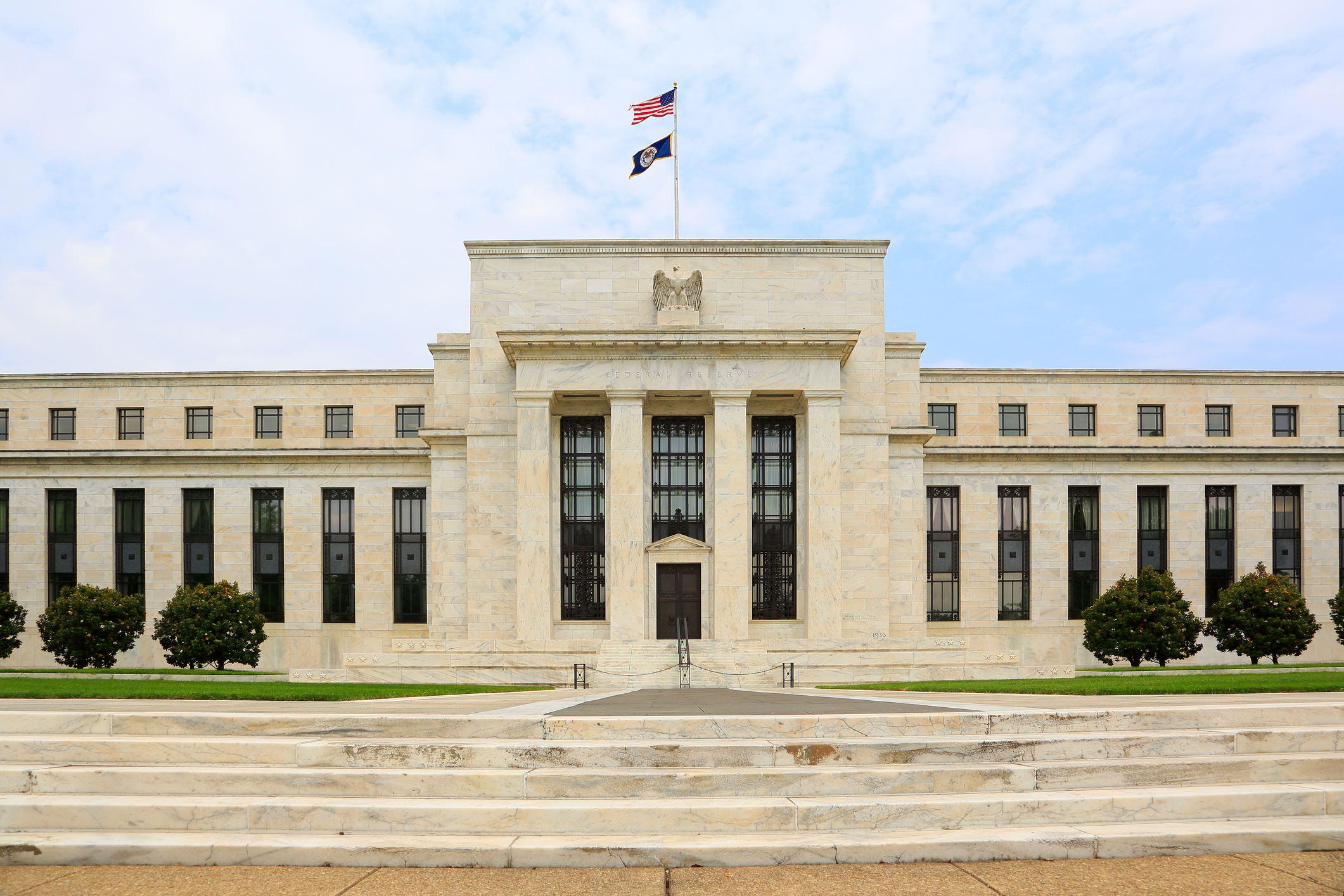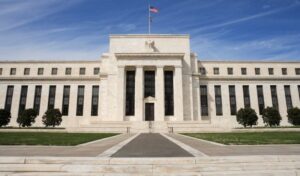
Penn scholar explains the role, structure, and possible changes to the Federal Reserve System.
The U.S. Federal Reserve System combines money, power, and independence, so it is no surprise that it draws skeptics and critics from both the political right and left. Yet for all the criticism the Fed receives, remarkably few Americans can even identify its Chair, Janet Yellen.
In a recent panel hosted by Wharton’s Public Policy Initiative, Peter Conti-Brown, a professor of business ethics at the Wharton School of the University of Pennsylvania and the author of The Power and Independence of the Federal Reserve, set out to de-mystify the workings of the Fed, correct common misconceptions of the system, and discuss reforms that could improve its efficacy.
Created by Congress in 1913 as the United States’ central bank, the Fed controls the nation’s monetary system, aiming to provide safer, more flexible, and more stable financial markets. Nonetheless, Congress has adapted the Federal Reserve’s structure in response to varying economic conditions including the Great Depression and Great Recession.
In contrast to the common narrative that the Federal Reserve is a single entity, Conti-Brown argues that the Federal Reserve should be understood as a “they” because it is composed of multiple entities including a Chair, a Board of Governors, advisory councils, a Federal Open Market Committee, and twelve regional banks, all of which serve slightly different purposes.
Among the Fed’s many responsibilities, it is charged with promoting stable prices, maximizing employment, moderating long-term interest rates, regulating banks, and acting as the nation’s lender of last resort.
Conti-Brown argues that understanding the multiple functions of the Federal Reserve illuminates that the President is not the only entity attempting to sway the organization’s decisions. He points out that Congress, private bankers, foreign central banks, and economists also attempt to influence the Federal Reserve’s policies. The fact that these institutions attempt to exercise influence is not nefarious, says Conti-Brown, but instead can help the Fed make better decisions on monetary policy.
Conti-Brown argues that many misconceptions surround the Fed’s independence. Although many believe its independence results in it not being accountable to any institution, Conti-Brown notes that the Fed is ultimately accountable to Congress and the public. Nonetheless, in an attempt to insulate the institution from political whims, Congress granted some independence to the Federal Reserve, including limiting the President’s ability to remove the Chair and members of the Board of Governors, as well as exempting it from the congressional budgeting process.
Recent reform proposals have called for increasing Congressional oversight of the Federal Reserve, including proposing an annual audit of the Federal Reserve by the Government Accountability Office (GAO). An “Audit the Fed” bill introduced to the Senate by Kentucky’s Rand Paul (R-Ky.), though ultimately not passed, proposed expanding GAO oversight of the Federal Reserve by allowing the GAO to weigh-in on the Federal Reserve’s monetary policy decisions. Conti-Brown believes that an annual audit would detract from the Fed’s ability to do its job well, by injecting politics where it does not belong.
Another reform proposal would require the Fed to adopt a mathematical formula to dictate its monetary policy decisions, commonly known as the Taylor rule. Conti-Brown also opposes this proposal because it would lead to Congress micromanaging the Federal Reserve. He argues that no mathematical formula can best determine monetary policy.
Some structures originally created to promote Fed independence have not played out as intended and need renovation, says Conti-Brown. He specifically points to the need to shorten the 14-year, non-renewable term for members of the Fed’s Board of Governors. The composition of the Board was intended to insulate it from high turnover and political influences. A vacancy would occur every two years, leaving a one-term president with the ability to appoint only two members to the Board. Therefore, presidents could not easily exert their influence over the Board of Governors through their appointment power. However, in reality, few members serve the full 14-year term and most presidents have been able to appoint the majority of the Board. Conti-Brown argues that shortening the length of terms for members of the Board would actually better promote political independence since turnover would be more predictable if members were inclined to serve their entire tenure.
In general, discussions about reform for the Federal Reserve should stress structure and personnel reforms over continuously adding to the Fed’s functions or trying to micromanage its day to day processes. To Cont-Brown, governance is the key: a clear line should exist between selecting the central bankers and the political process, but politics should not be injected into the daily lives of those central bankers once they are selected.



